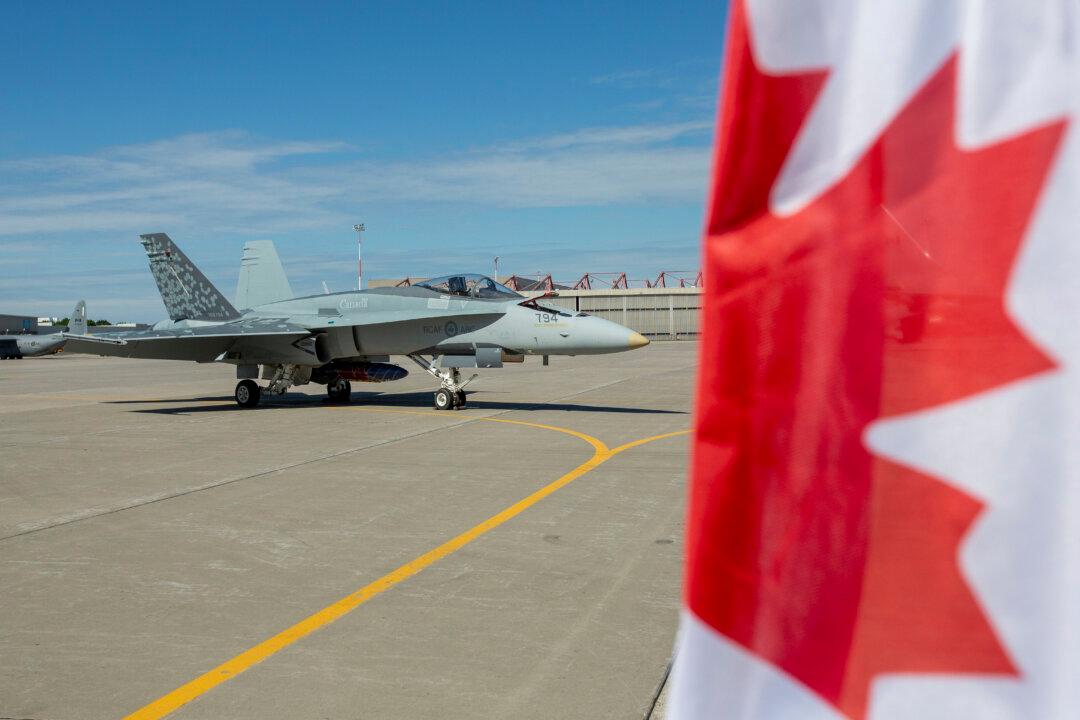About two in three Canadians say they would prefer increasing defence spending to reach the 2 percent target committed by member countries in the North Atlantic Treaty Organization (NATO), a new poll finds.
Conducted by Nanos Research, the poll found that 64 percent of Canadians support spending 2 percent of the gross domestic product (GDP) on defence, instead of maintaining the current 1.4 percent (21 percent) or spending less than 1.4 percent (8 percent) as part of Canada’s commitment to NATO.





